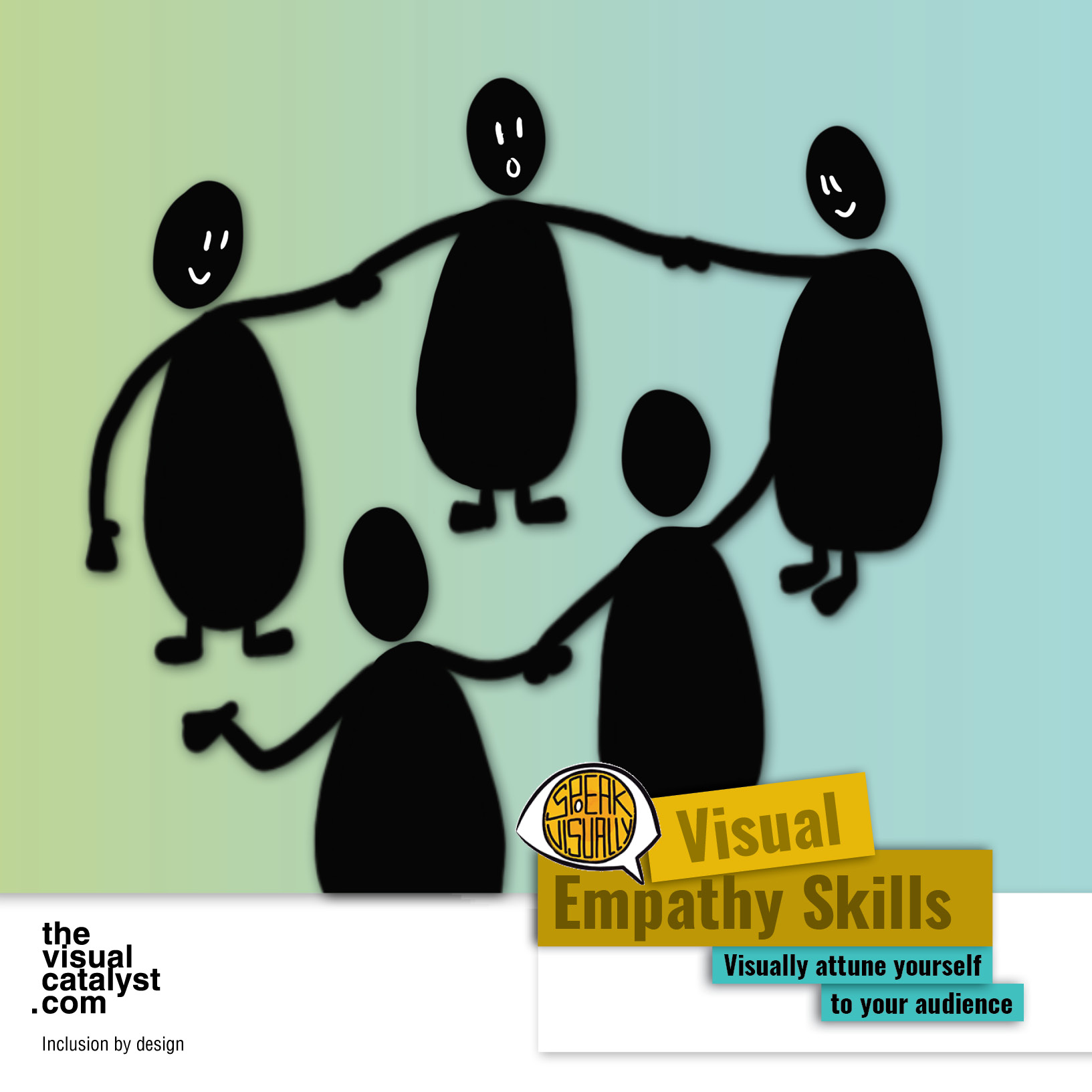I don’t think so, really.
I imagine there are many people who would benefit from learning the skills that are taught in the training, but the training itself can’t be designed for everyone. If many people benefit from your training and if you, like me, value inclusion, then why not, you might think. Let’s empathize for a moment with the experience in life of some of the people who would benefit from, in short, communication skills:
- How will we satisfy and meet the learning needs of couples in their forties and students at the same time?
- Imagine an audience of 30+ year olds from the Queer Community, 60 year old male politicians, 40 year old stay-home mothers. Do they really face similar challenges and have similar desires?
- How will women, who have left an abusive relationship feel, when they come to a training to learn to be more assertive in their communication, but find themselves among men who came to learn communication skills because their biggest challenge is to communicate beyond their anger?
- What kind of pace (communication and flow) is needed for a group of teenagers with special learning needs and who needs physical support, in contract to teenagers who are fast learners and find their way around on their own?
Would you agree with me that all the different audiences mentioned have different challenges in their lifes, different desires, wishes, situations, relationships, communities, skills, experience, learning needs and communication styles and skills?
In my view, for a training to be effective and purposeful, the approach to designing the visual tools, choice of practices, the language we speak as a trainer, the examples we use, the depth of our conversations and the pace and flow of the training, aren’t the same for these specific groups.
So if the training is not for everyone, than is still anyone welcome? Well, I have some concerns about that – but writing about that is enough content for a whole blog, but sure, you can welcome anyone. We can mix audiences and help different audiences at the same time. We just may be very mindful about all these aspects and design the training in a way that our participants will feel satisfied and the learning is relevant for their life/work.

HOW TO INCREASE THE SATISFACTION OF YOUR AUDIENCE?
Anyone who chooses to sign up or a training will ask themselves a number of questions that help them understand if this training is designed for them. If your communication (marketing) and sign up page do not give answers to these questions, or leave them vaguely answered, it is likely they will not sign up.
1
Does this training help me learn skills with which I can resolve my challenges?
ACTION

- Describe the challenges your participant faces and relate them to the skills they are going to learn to deal with these challenges.
- Describe, as a result of your training, what they can do different in their lives with these new skills.
- Integrate it in the relevant media in which you communicate about your training.
2
Are my skills, experience and knowledge sufficient to participate in this training?
ACTION

- Describe the skills, experience and knowledge needed – if any – to enter the training.
- Integrate it in the relevant media in which you communicate about your training.
3
Will I belong and be accepted in this participant group?
ACTION

- Describe the challenges, desires, pain, wishes of the audience you are wanting to help.
- Describe the audience in a way that potential participants can recognise themselves as part of the audience.
- Integrate it in the relevant media in which you communicate about your training.
4
Is this training offered in a style and approach that supports my learning?
ACTION

- Describe they way you offer the training. Think about the flow, the practices (indoor/outdoor, movement, sitting, interactive, individual, group work, etc) and say something about the tools you use.
- Integrate it in the relevant media in which you communicate about your training.
MAIN INSIGHTS
INSIGHT 1 ⚡️ Clearly communicating what the results of the training are, help a potential participant assess if their needs for learning, efficacy, growth, support, purpose and hope can be met.
INSIGHT 2 ⚡️ If a training matches where we are on the learning curve, we feel less anxious participating.
INSIGHT 3 ⚡️ Feeling at ease in a group, with a sense of connection and belonging, we become receptive for learning opportunities.
INSIGHT 4 ⚡️ Participants need reassurance that they will be able to learn in this training and that their needs, (dis)abilities and learning style considered.
Do you want to learn how to create visual tools for your training?

My name is MIREILLE VAN BREMEN
I work internationally, incompany and online, as a ...
◉ Visual Empathy Trainer and Coach
◉ Graphic Recorder, Illustrator, Designer
◉ Conflict Coach & Mediator
Learning organizations and training & development departments hire me to visually empower the communication strategies of their organization and/or train their staff in visual communication & presentation skills, so that more connection and interaction is established and the subject matter can be learned and understood with ease and pleasure.






